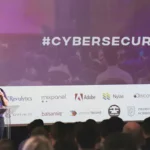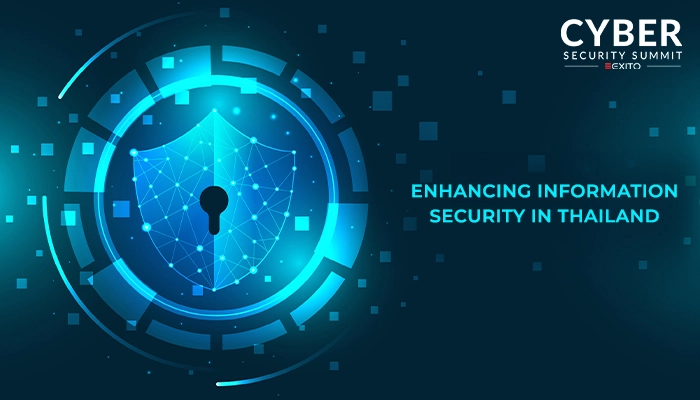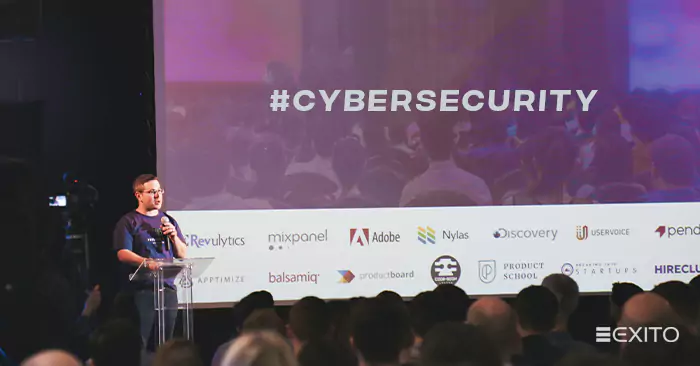Introduction
Many employees think they can avoid Cyber Threats without being cautious or without adhering to cybersecurity guidelines. But as C-level executives, I’m well aware you understand the crucial role cybersecurity plays in protecting the data as well the reputation of your organization.
This blog doesn’t list out a myriad of training techniques for you to choose from, instead we’re going to provide you with the most favorable and effective distilled strategies that have helped our organization’s employees from potential social engineering attacks.
Keep reading to delve into the best and most effective training tips to train employees in order to adapt them to an improved data protection culture:
- Surprise simulations:
By conducting surprise attack simulations with the assistance of third-party service providers, companies can test and examine the vulnerabilities of employees and their ability to handle defenses. These, alongside gamified test, informative videos, will further help employees to understand the fundamentals of cyber security and data privacy, deeply.
- Integrate training into daily functions:
Traditional and short cybersecurity training sessions that go on for a few hours are not effective in the slightest. One of the ways you can make employees properly comprehend cybersecurity and data protection is through integrating training into their daily tasks. For example: Whenever a user comes across a phishing site, you should try to resolve the issue promptly by showing them a short video clip. This makes cybersecurity awareness more relevant and gives a strong practical base as well.
- Tailored training for each employee:
Oftentimes, cybersecurity training is designed in such a way that it assumes everyone to be equal. But that’s a wrong notion, because each employee’s level of knowledge is different. For instance, a non-tech employee may be familiar with social profiling but they may lack ample knowledge about third-party risks. Creating a pre-assesment test should be a mandate to tailor the cybersecurity training and fill the existing knowledge gaps.
- VR simulations:
Using virtual reality can be a boon and it can deliver real-time cyber threats. For instance, with virtual reality, employees can confront realistic cyber threats and come across social engineering attacks, and make effective decisions to defend against such attacks. This technique allows hands-on-learning, better knowledge, and builds stronger cybersecurity instincts.
5. Avoid long gaps between training sessions:
Employing a key strategy to conduct training sessions consistently is crucial rather than conducting occasional training every quarter. This encourages employees to be more vigilant and cautious at all times. If you develop a stringent security culture, then the employees won’t cease to consider data protection as their responsibility.
- Create a cybersecurity boot-camp:
Try to improve your cybersecurity presentation into an advanced cybersecurity boot camp. Replace complex terms with simpler phrases for non-tech employees, and completely revamp cybersecurity education into a contest where employees can earn “cyber fit points”. To make sure everyone grasps data protection thoroughly, use a clear teaching pedagogy, so that their knowledge about cybersecurity is more refined and refreshed.
Conclusion:
Cyberattacks are lurking in every corner of organizations. This just indicates how important employee security is and it can under no circumstance be overlooked. As specialists in the cybersecurity field, our common aim is to avoid social engineering attacks, but this mostly begins with employees of our very own organization.
To summarize, your organization’s employees should be trained on all aspects of cybersecurity so that the mere issues are mitigated before a major problem arises. If you’re an IT leader and are eager to equip your team with the latest insights pertaining to cybersecurity and its policies, we invite you to register for our upcoming events.Together, we can conquer our cyberspace and tackle all odds amongst 100+ executives.













